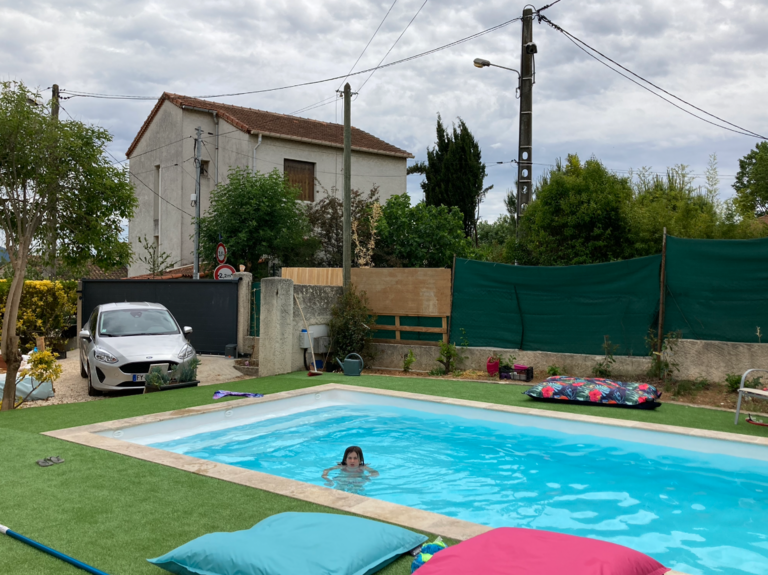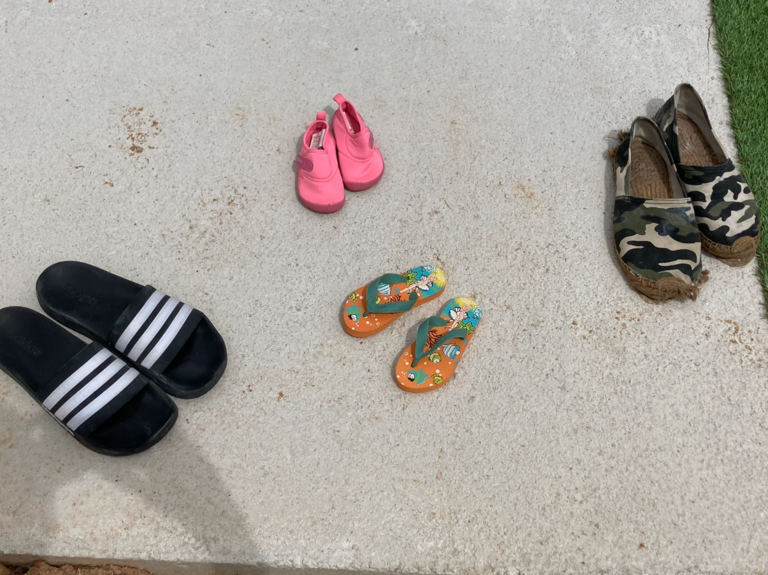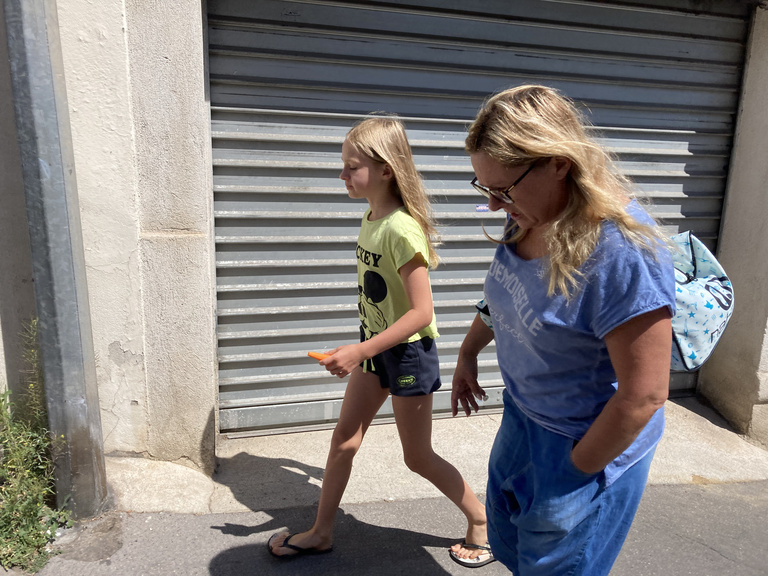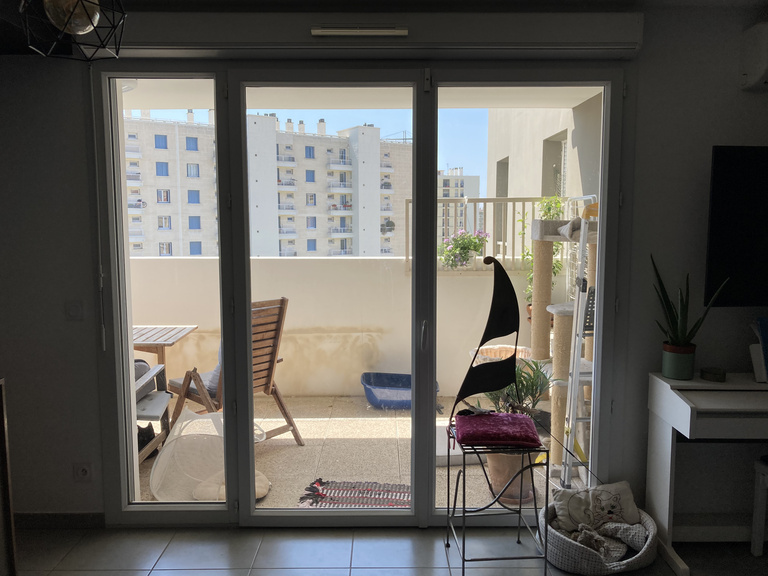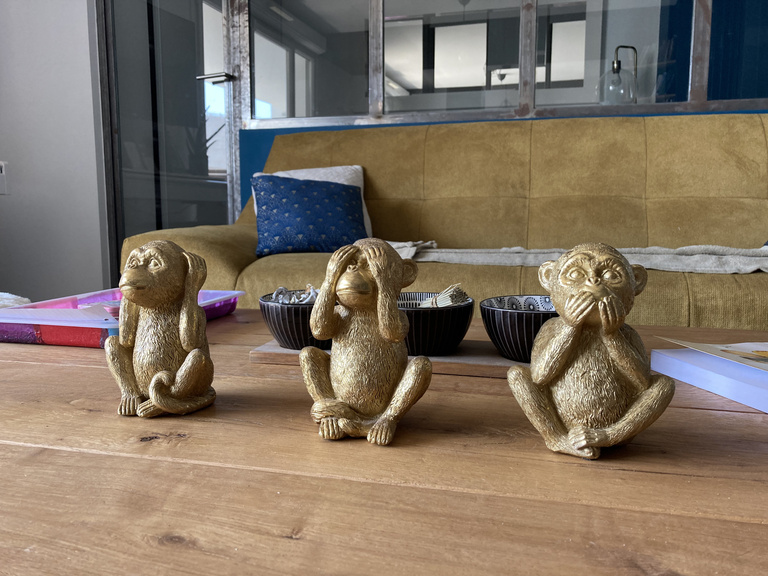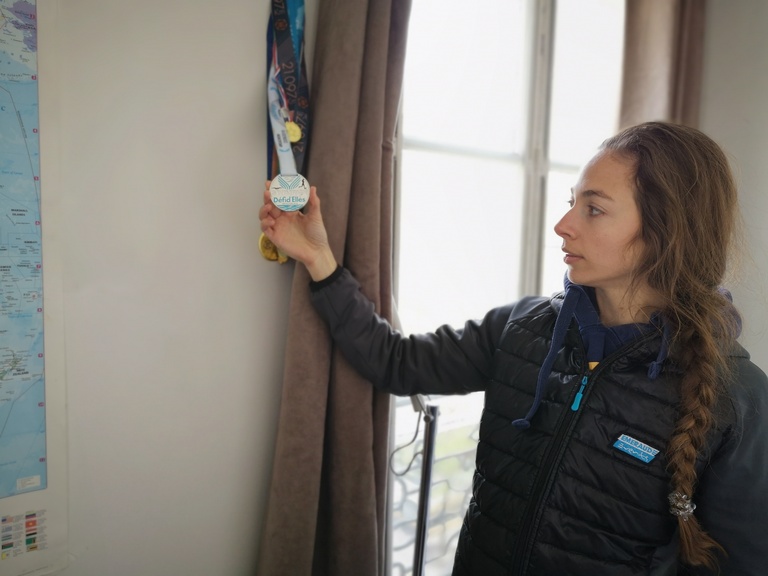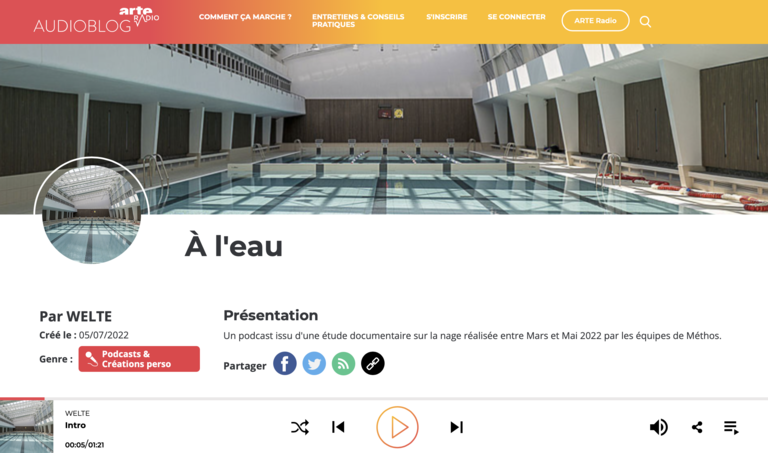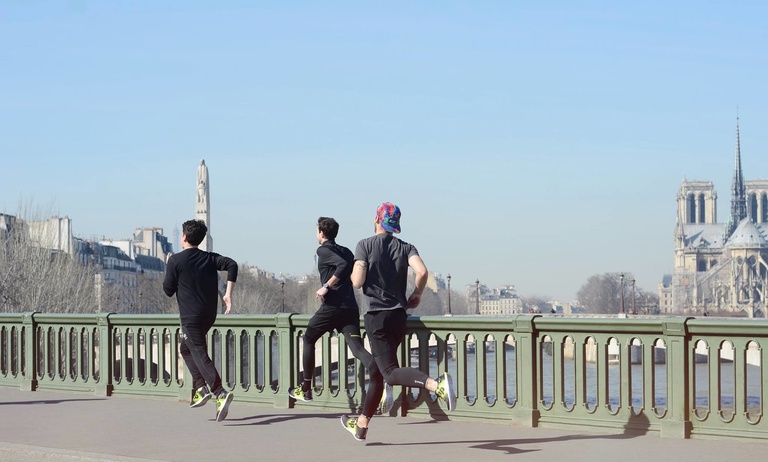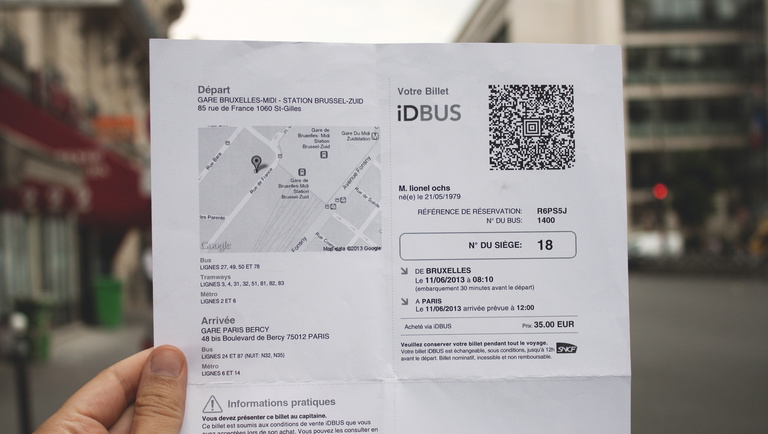Swimming & the relationship to water
Understanding the representations of swimming activities
STRATEGY
DESIGN
BRANDING
SPORT
Swimming is one of the sports activities most practiced by the French, along with running, walking and fitness/gymnastics activities (source INJEP, 20201). The act of swimming, of moving in water, differs from competitive swimming which implies covering a distance as quickly as possible and in a style which is codified by the International Federation of Swimming. While the former brings together a large number of followers of all ages, the latter, had only 314,000 licensees in 2019 (before Covid2), even if it is a highlight at the Olympics.
The nature of both practices differs immensely. Competitive swimming is intensive and demanding by default, whereas regular swimming is free, gentle, therapeutic or even meditative. These aspects of swimming correspond well to post-covid life with its focus on well-being and quality of life.
Decathlon's Nabaiji brand is at the forefront of these societal transformations, in France and elsewhere in the world. China for example is of particular interest as the swimming market is booming, driven by a growing number of Chinese people who want to learn to swim. Nabaiji contacted Méthos to understand the driving forces behind these developments. What are the promises of swimming today for practitioners? What are they experiencing and what are they looking for? What are the effects on bodies, minds, sensations? We found answers in swimming pools, on beaches or on the shores of lakes, together with those who like to be in the water.
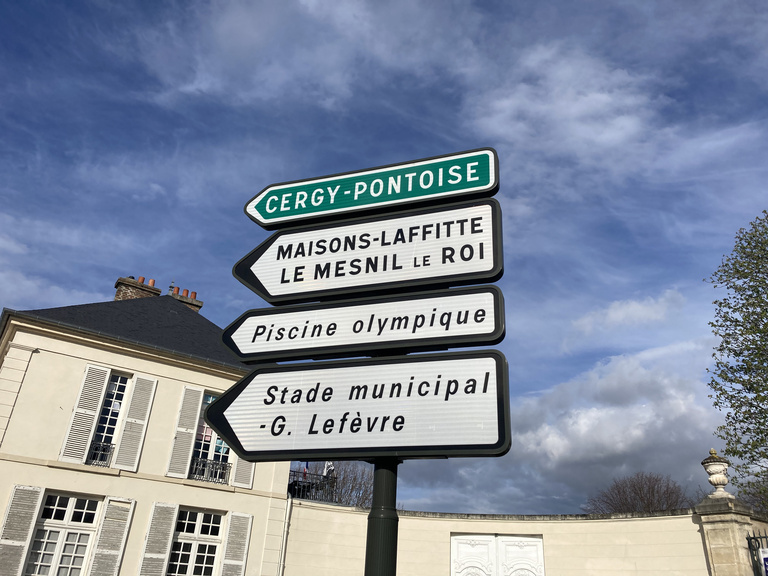
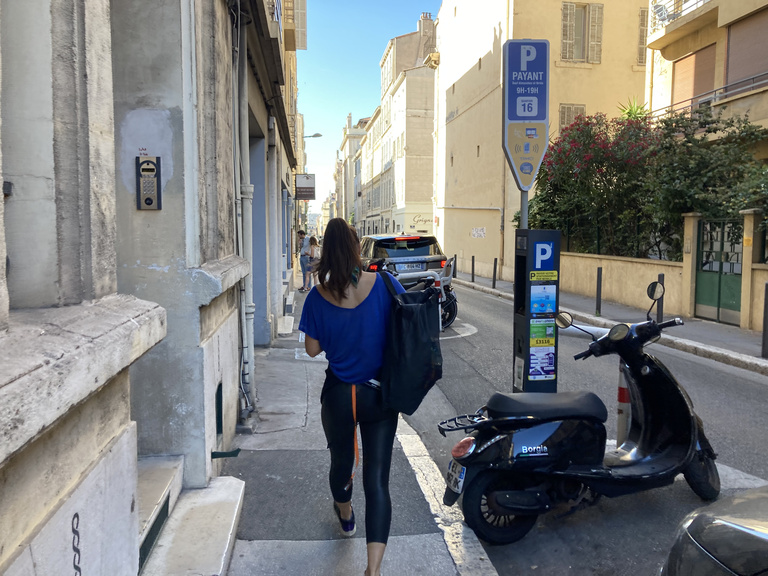
Collaborative Ethnography
Our immersion in the world of swimming focused on a diversity of swimmers and activities: young and old, new and experienced swimmers, families, solo swimmers, senior water aerobics enthusiasts, triathletes and open water swimmers, in several regions of France, both urban and rural (a second phase of the research is foreseen in China). The Nabaiji teams were closely involved in each phase of the project so that they could benefit from the fieldworks and the encounters with swimmers. These real life experiences were shared and discussed among the team during frequent workshops organized in Hendaye (= the brand headquarters).

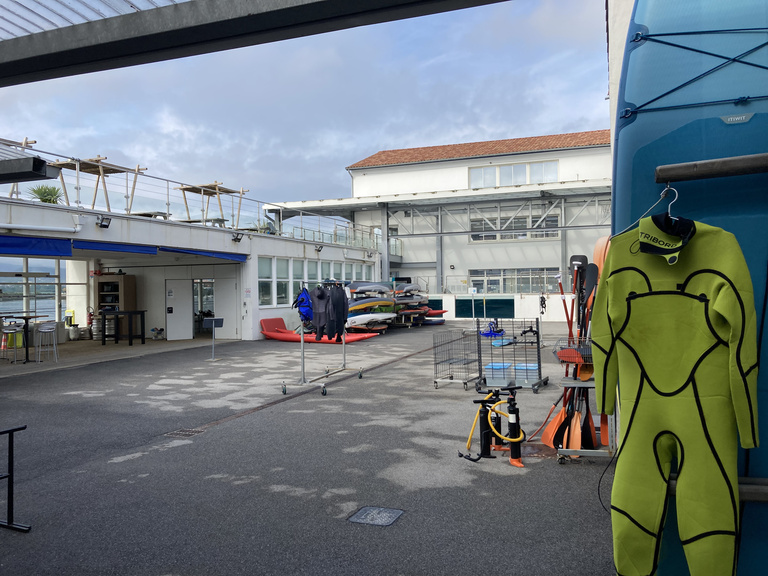
Hierarchy within the pool
The images associated with swimming generally correspond to competitive swimming, sculpted bodies and the Olympics. The activity perceived by recreational swimmers is in reality quite different. The objective of recreational swimmers is not to progress or improve technically, in speed or duration, but rather to do good, to feel good. Competitive swimming is not perceived as an ideal to achieve: it is too difficult, it takes too much time and requires substantial sacrifice. Swimmers with sculpted bodies are immediately recognizable in the pools. They form a world apart, a certain elite that recreational swimmers do not necessarily want to be part of.
Alternatively, recreational swimmers portray their sport as more democratic and inclusive. Being in and around the water, with bodies in different shapes and proportions, recreational swimmers move away from the cult of the perfect body. Overweight people, for example, appreciate not feeling the weight of their bodies in the water. Similarly, many people with disabilities or in rehabilitation practice swimming for therapeutic reasons.
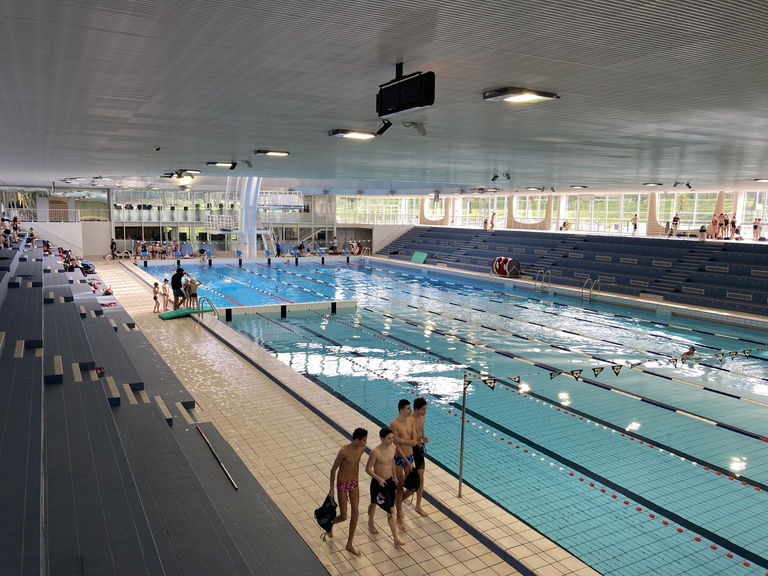

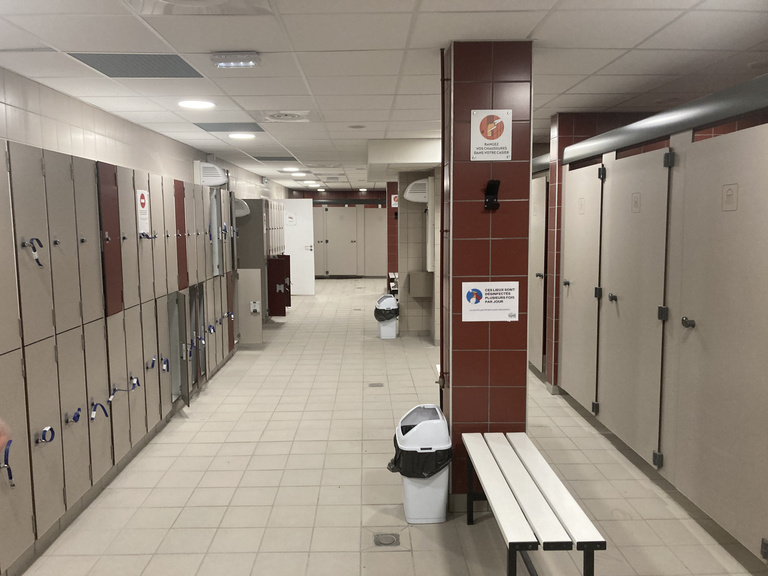
Dear Freedom
Swimmers highlight the feeling of freedom of their bodies in water, at sea or in a swimming pool. Freedom is a primary value of swimming. Swimmers need autonomy and independence, they want to organize their time as they see fit. If they practice another sport, it is often an individual sport. They don’t like any form of constraint, which is paradoxically often the case at swimming pools where a whole set of rules, standards and timetables apply.
In contrast, the images associated with open water swimming are much more attractive: the immensity, freedom of movement, encounter with the elements and with nature. As long as those attracted to the open water swimming manage to overcome a certain number of fears (fear of the unknown, of injury, of currents, of animals - the swimming pool is by contrast a completely controlled environment , clean and mastered), they discover a new sport associated with the exploration and discovery of oneself and the elements.
When I'm in the water, I sometimes encounter anxieties that I would not necessarily have encountered that day. (...) That’s what I was looking for in the swimming pool but the fact that there are people bothers me. When you are in the water, you are with yourself.
Julie, 41yo, Marseille.
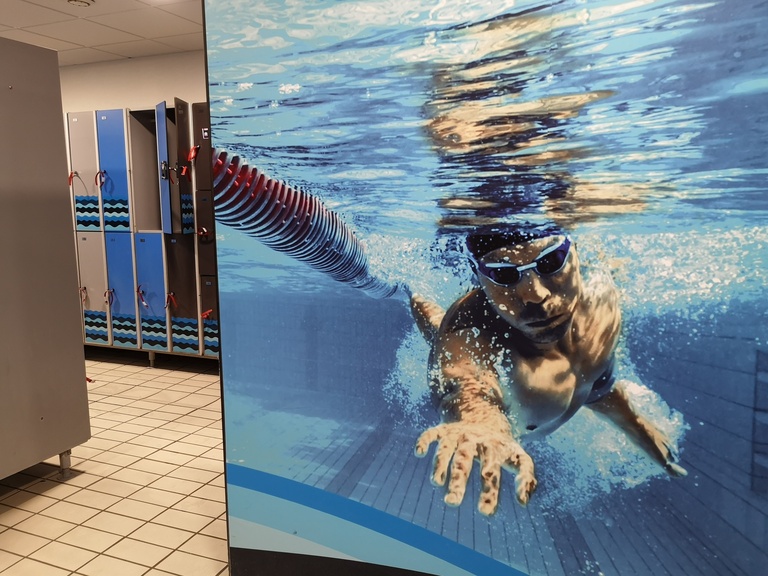
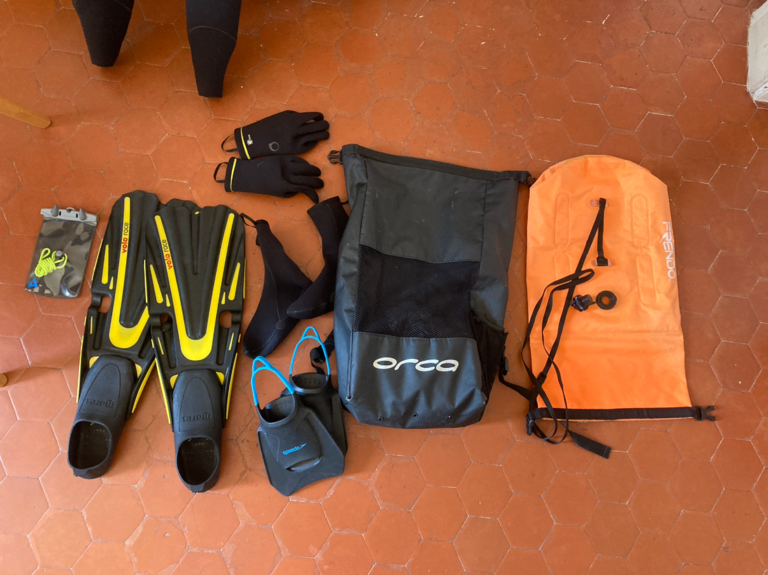
Liquid Sociability
Even if swimming is an individual activity, even introspective for some, the desire to be with other people and to go swimming with one or several friends is often present. However, swimming with others means that swimmers need to accept to be less focused on themselves, on their own session. They might swim less but chat and discuss more which is a source of frustration for many swimmers. Socializing and swimming do not necessarily go hand in hand. For others, participants of aquabiking or aquagym courses for example, meeting friends or acquaintances is crucial as they put the collective aspect forward. Even in such situations, freedom and individual choice remain central, most often courses are not compulsory or binding and participants can choose to join or not, even last-minute.
For open water swimmers, the group is also important; they come together to swim in the sea or in lakes, motivate and support each other. The groups are open, have no defined boundaries - whoever wants to join can do so - forming a constellation of so-called “weak” ties (friends of friends, colleagues, neighbours) and organizing themselves via social networks: a form of sociability without constraint but nevertheless present and appreciated and for some even, a prerequisite of the activity.

For others, swimming is not a matter of sociability. Eric for example (first names have been changed), 47 years old, living on the heights of Marseille jumps in at l'Escalette (south of Marseille) whenever he feels like it, with his fishing rod and flippers. Eric can stay on the shore all night, alternating between swimming and fishing, grilling the fish he has caught, or taking a nap by letting himself drift in the sea on his back. Some time ago, Eric had even met a moray eel, which he was going to feed regularly offshore. Also this can be the relationship with water and swimming: sea loving and hedonistic.
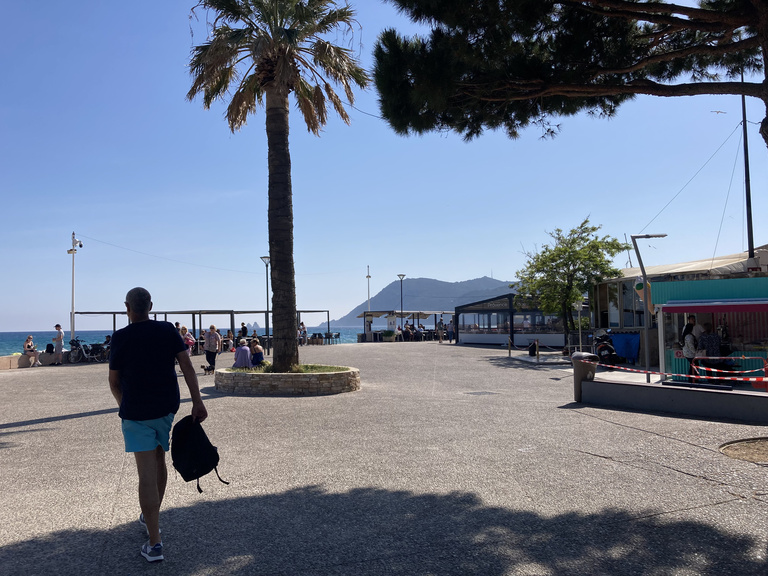
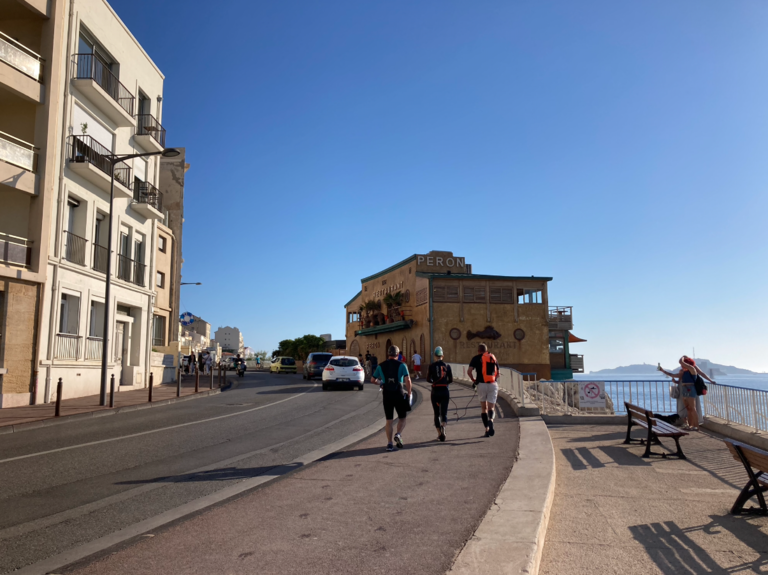
Listen
• Podcast series - Portraits of swimmers (in French)
Other sources:
• Preliminary research: swimming in cultures from antiquity to today. Document draft (in French)
• Inspiration: https://www.flothetta.com / http://transit-city.blogspot.com/2022/04/et-si-le-seatrekker-devenait-le-trailer.html
1 https://injep.fr/wp-content/uploads/2020/11/Chiffres-cles-sport-2020.pdf
2 https://renovons-le-sport-francais.com/barometre-federation-francaise-de-natation/
Other projects
Recreational running
Building and positioning a brand for runners, starting with an ethnographic study of practices in Europe and China, for Décathlon. A study for Décathlon.
In a matter of years, recreational running has swept across the planet and become a social phenomenon. Décathlon asked Méthos to shed light on these shifts and build a global development strategy, with a focus on China. A project which combines ethnography, consulting and design thinking.
Re-inventing coach travel
Developing and launching French railway operator SNCF’s first European long-distance bus service, in partnership with id-sl.
The development and launch of the first pan-European long-distance bus travel with French railway operator SNCF. In partnership with id-sl.
The future of automobiles
Bringing the vehicles of the future into focus, starting with ways people use electric cars. Because electric cars today are the closest step to the autonomous cars of tomorrow.
Bringing the vehicles of the future into focus, starting with ways people use electric cars. Because electric cars today are the closest step to the autonomous cars of tomorrow.

